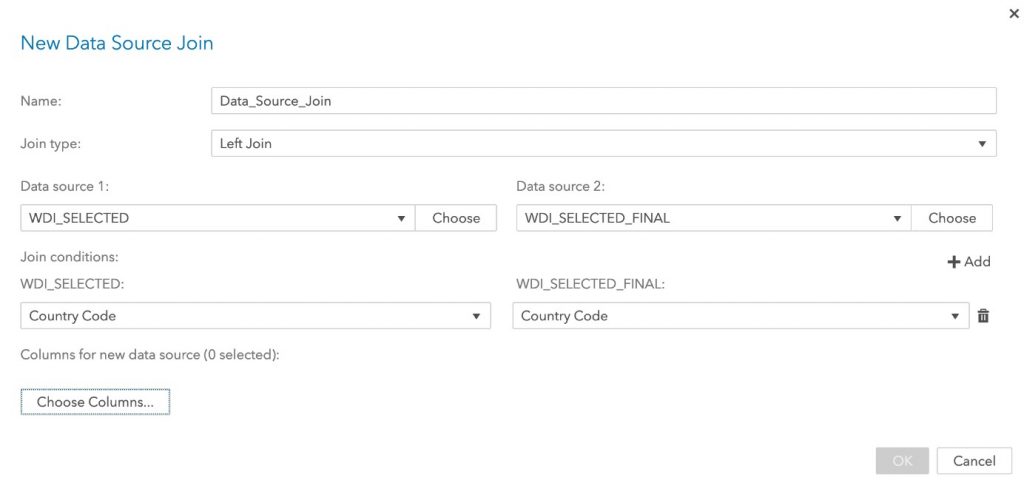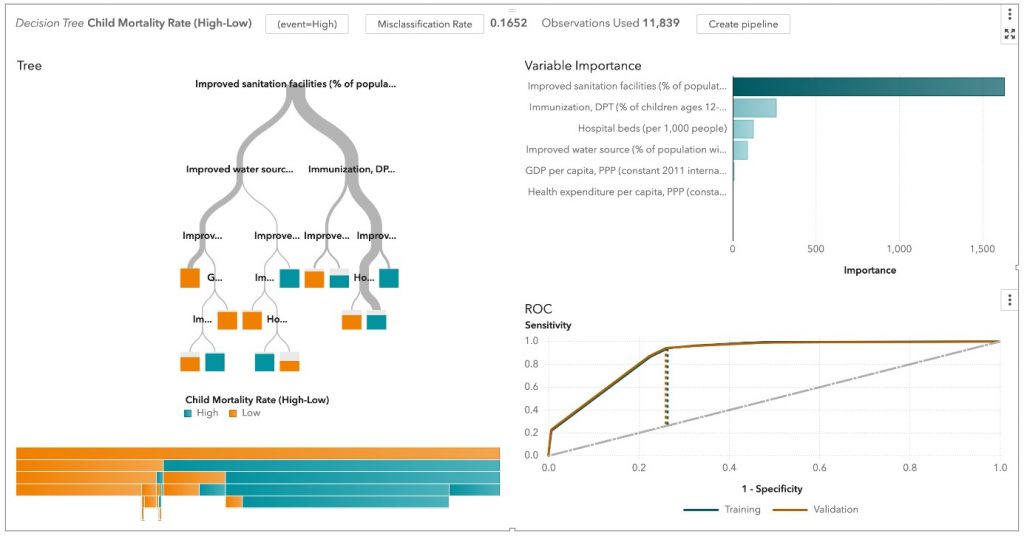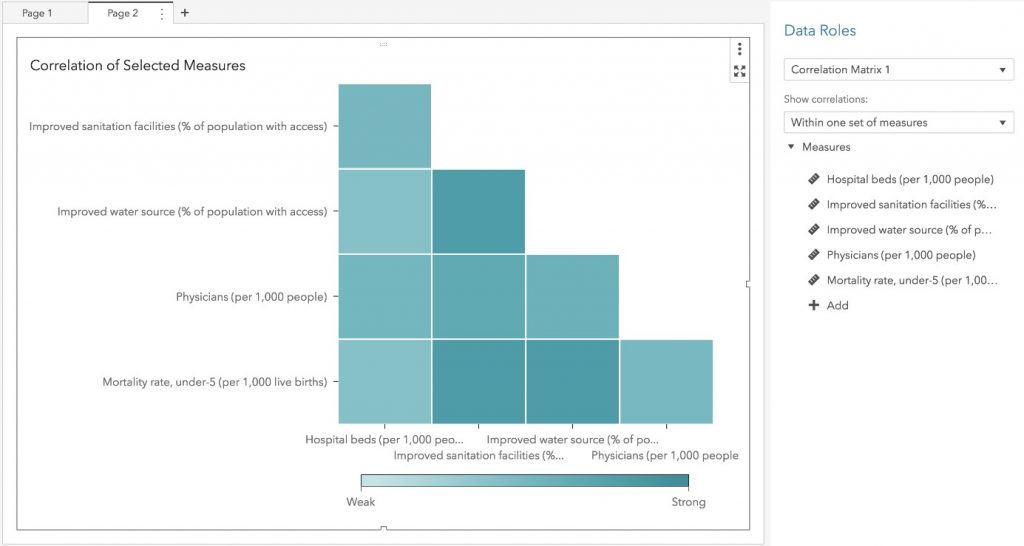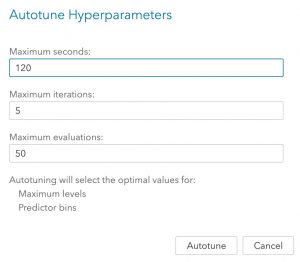Analytics is playing an increasingly strategic role in the ongoing digital transformation of organizations today. However, to succeed and scale your digital transformation efforts, it is critical to enable analytics skills at all tiers of your organization. In a recent blog post covering 4 principles of analytics you cannot ignore, SAS COO Oliver Schabenberger articulated the importance of democratizing analytics. By scaling your analytics efforts beyond traditional data science teams and involving more people with strong business domain knowledge, you can gain more valuable insights and make more significant impacts.
SAS Viya was built from the ground up to fulfill this vision of democratizing analytics. At SAS, we believe analytics should be accessible to everyone. While SAS Viya offers tremendous support and will continue to be the tool of choice for many advanced users and programmers, it is also highly accessible for business analysts and insights team who prefer a more visual approach to analytics and insights discovery.
Self-service data management
First of all, SAS Viya makes it easy for anyone to ingest and prepare data without a single line of code. The integrated data preparation components within SAS Viya support ad-hoc, agile-oriented data management tasks where you can profile, cleanse, and join data easily and rapidly.

You can execute complex joins, create custom columns, and cleanse your data via a completely drag-and-drop interface. The automation built into SAS Viya eases the often tedious task of data profiling and data cleansing via automated data type identification and transform suggestions. In an area that can be both complex and intimidating, SAS Viya makes data management tasks easy and approachable, helping you to analyze more data and uncover more insights.

A visual approach supporting low-code and no-code programming
Speaking of no-code, SAS Viya’s visual approach and support extend deep into data exploration and advanced modeling. Not only can you quickly build charts such as histograms and box plots using a drag and drop interface, but you can also build complex machine learning models using algorithms such as decision trees and logistic regression on the same visual canvas.

By putting the appropriate guard rails and providing relevant and context-rich help for the user, SAS Viya empowers users to undertake data analysis using other advanced analytics techniques such as forecasting and correlation analysis. These techniques empower users to ask more complex questions and can potentially help uncover more actionable and valuable insights.

Augmented analytics
Augmented analytics is an emerging area of analytics that leverages machine learning to streamline and automate the process of doing analytics and building machine learning models. SAS Viya leverages augmented analytics throughout the platform to automate various tasks. My favorite use of augmented analytics in SAS Viya, though, is the hyperparameters autotuning feature.
In machine learning, hyperparameters are parameters that you need to set before the learning processing can begin. They are only used during the training process and contribute significantly to the model training process. It can often be challenging to set the optimal hyperparameter settings, especially if you are not an experienced modeler. This is where SAS Viya can help by making building machine learning models easier for everyone one hyperparameter at a time.
Here is an example of using the SAS Viya autotuning feature to improve my decision tree model. Using the autotuning window, all I needed to do was tell SAS Viya how long I want the autotuning process to run for. It will then work its magic and determine the best hyperparameters to use, which, in this case, include the Maximum tree level and the number of Predictor bins. In most cases, you get a better model after coming back from getting a glass of water!

Under the hood, SAS Viya uses complex optimization techniques to try to find the best hyperparameter combinations to use all without you having to understand how it manages this impressive feat. I should add that hyperparameters autotuning is supported with many other algorithms in SAS Viya, and you have even more autotuning options when using it via the programmatic interface!
By leveraging a visually oriented framework and augmented analytics capabilities, SAS Viya is making analytics easier and machine learning models more accessible for everyone within an organization. For more on how SAS Viya enables everyone to ask more complex questions and uncover more valuable insights, check out my book Smart Data Discovery Using SAS® Viya®.

4 Comments
Thanks for the feedback and comment Al Briggs! I obviously left out a few details due to the short-form nature of blogging so let me clarify a few things :+)
First of all, SAS is not moving into the Visual modelling space because it is crowded or cool, we are supporting a visual-based approach to advanced analytics because we believe it will make these capabilities more accessible and drive more adoption of advanced analytics and that can only be a good thing.
Secondly, we understand that the user requirements around modelling vary and we are definitely not "putting all our eggs into one basket". In fact, not only do we continue to expand our support for SAS programmers, but SAS Viya also supports a programmatic approach to modelling using open source languages today.
Thirdly, not only are we NOT moving away, we are doubling down on "Enterprise-Class" modelling capabilities and a metadata-driven approach to modelling via Viya. We have expanded our governance capabilities in SAS Viya in terms of model management and decisionings and continue to offer true end-to-end metadata lineage analysis capabilities via SAS Viya.
Ultimately, we believe we can build on our strong foundations (all the goodness that you mentioned and knows!) that our customers have depended on over many years but also evolve and extend to support new requirements and personas in what is a rapidly changing world!
I think for SAS to move away from their 'Enterprise' model is a mistake. Viya can be packaged as an analytic tool for customers that are interested in that type of thing. For SAS to move away its unique metadata-based platform to put all of its eggs into the crowded visual analytics basket is not wise.
Well described Felix. Low code/ No code is the frontier of datascience in much the same way the world transitioned away from having to code to use a computer or even the internet.
Alicia
Nicely explained and Written. We have to improve the overall Machine learning and Analytics Understanding including the inter-relation between them.